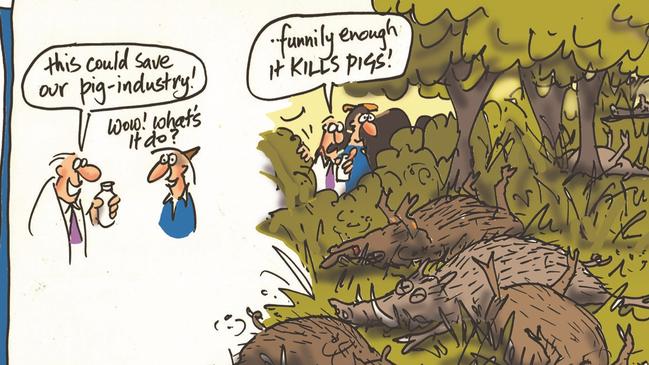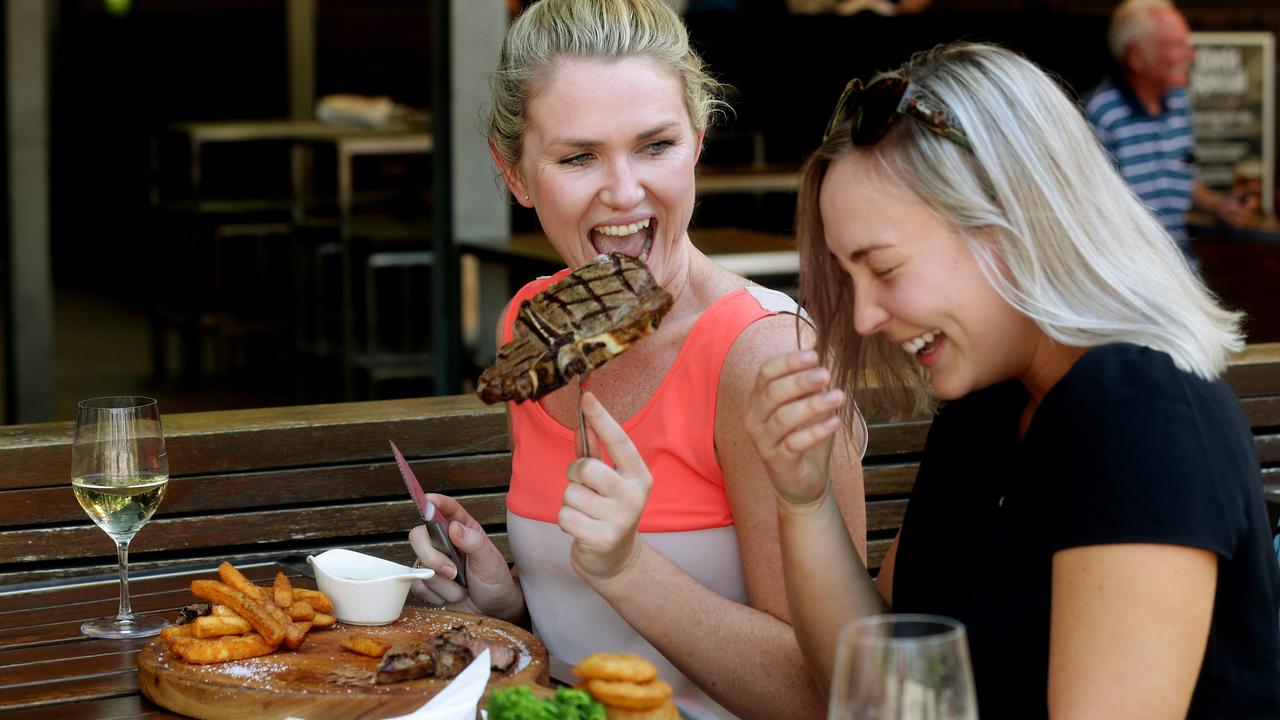Victorian rural roads face reduced speed limits
A historic cut to the default speed limit from 100km/h to 80km/h is being contemplated by Victorian authorities, affecting more than 80 per cent of the rural road network.
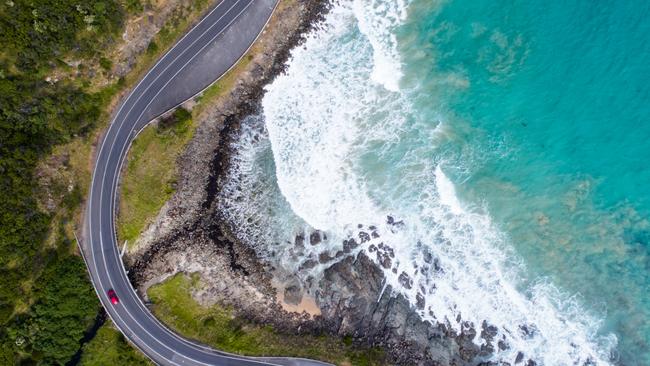
MORE than 80 per cent of Victoria’s rural roads would have speed limits slashed under a growing push to cut them from 100km/h to 80km/h.
A rising rural road toll has put a focus on cutting speeds, a move creating growing angst among country commuters that travel times would increase.
The reduction would be aimed at category C roads and those controlled by rural councils.
These make up more than 80 per cent of all rural roads, consisting of virtually all roads outside major freeways and roads between major rural centres.
State Roads Minister Jaala Pulford was yesterday forced to declare there would be no blanket ban on rural roads after sending an ambiguous message on the issue in State Parliament last week.
But the Transport Accident Commission has failed to rule out the move, instead referring to a road toll that is 50 per cent above this time last year.
Victoria would be the first state on the Australian mainland to lower the default rural limit to 80km/h if it went ahead.
Ms Pulford was asked in Parliament last week whether the Government would cut the default speed limit of 100km/h, which applies to unsigned country roads statewide as well as category-C highways.
“There have been all manner of suggestions coming our way, I guess in some respects for decades, but particularly in the last six months as we have seen a really dramatic increase in the number of lives lost on our roads following the best ever result the state achieved in 2018,” she said.
“When it comes to making Victorians safe on our roads, we are not taking anything off the table. We will be guided by expert advice.”
However, the minister, after questioning from The Weekly Times, said: “We have no plans to lower speed limits across the board on rural roads and any suggestion that we do is simply untrue.”
“It’s disappointing to see some people continue to try and score cheap political points from road safety.”
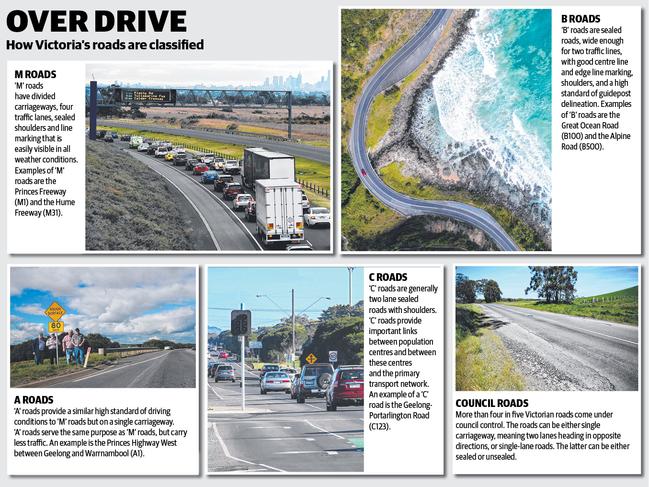
The Weekly Times asked the TAC whether it backed slashing the default limit from 100km/h to 80km/h, but the authority declined to directly comment.
Instead, TAC road safety director Samantha Cockfield noted of the 151 deaths on Victorian roads so far this year, 92 have happened in rural areas. Of the 92 rural road deaths, 69 have happened in speed zones of 100km/h or more.
“Speed remains the single most important factor in crash and injury risk,” Ms Cockfield said.
“While speed is not always the cause of a crash, the speed of a vehicle at impact will always determine how badly people are hurt as a result.
“The majority of road deaths in rural Victoria so far this year have happened on roads with a speed limit of 100km/h or more.”
The default country roads limit of 100km/h was introduced by the Hamer Government when Victorian signs underwent metrication in 1974. The default is standard across mainland Australia, with the Northern Territory’s 110km/h default the exception.
Tasmania split its default rural speed limit six years ago with 100km/h remaining on sealed roads and a cut to 80km/h on unsealed roads.
Victorian Farmers Federation president David Jochinke said while reducing the rural road toll was important, improving road surfaces would be a better starting point than speed restrictions.
“Really, it is an issue of fairness,” he said.
“Many, many country roads have been neglected and need immediate funding and then, if a reduction is imposed, it’s slowing down country drivers even more.
“We need to start talking about improving the infrastructure side and it’s impact on road safety.”
RACV public policy manager Bryce Prosser called for a case-by-case assessment of rural speed limits rather than a reduction in the default speed.
“The issue of rural speed limits needs to be looked at, but any attempt to lower speed limits on rural roads must be discussed at a local level,” he said.
“Country drivers don’t want to be dictated to from city. A commonsense approach is needed when driving on rural roads.”
Victoria’s rising 2019 road toll prompted the State Government to convene a Road Safety Summit in Melbourne last month.
Several speakers at the summit warned that 100km/h was too dangerous on single-lane sealed and unsealed country roads.
Centre for Accident Research and Safety expert Narelle Haworth said country roads were often in poor condition and the speed limit should be reduced.
“To fix roads costs money. To fix speeds costs votes,’’ the Queensland University of Technology academic said.
However, veteran road safety expert John Lambert said even if a statewide reduction was rigorously enforced, it would be hard to shift ingrained driver habits.
“My concern if a blanket reduction from 100km/h to 80km/h was implemented there would be a differential in speeds that would be seen for sometime between those who would drive the new 80km/h limit and those who, through either not knowing of the change or defiance of the change, would continue to drive at 100km/h,” he said.
“You would see fatalities rise due to those competing speed limits — the new limit and the pre-existing or previously accepted limit.”
Category-C roads — such as the Rosedale-Longford Road in Gippsland or the Cobden-Warrnambool Road in the Western District — are the bottom rung of VicRoads-operated thoroughfares, generally featuring two lanes but without the superior safety standards of M, A and B-class motorways.
In terms of time added to journeys, using the direct C-class route in western Victoria from Coleraine to Horsham would go from a one hour 25 minutes to one hour and 37 minutes.
Similarly, if travelling in northern Victoria on the direct C-class route from Colbinabbin to Violet Town, the journey would take an extra 10 minutes under a blanket 80km/h zone.
OVER DRIVE
How Victoria’s roads are classified
M ROADS
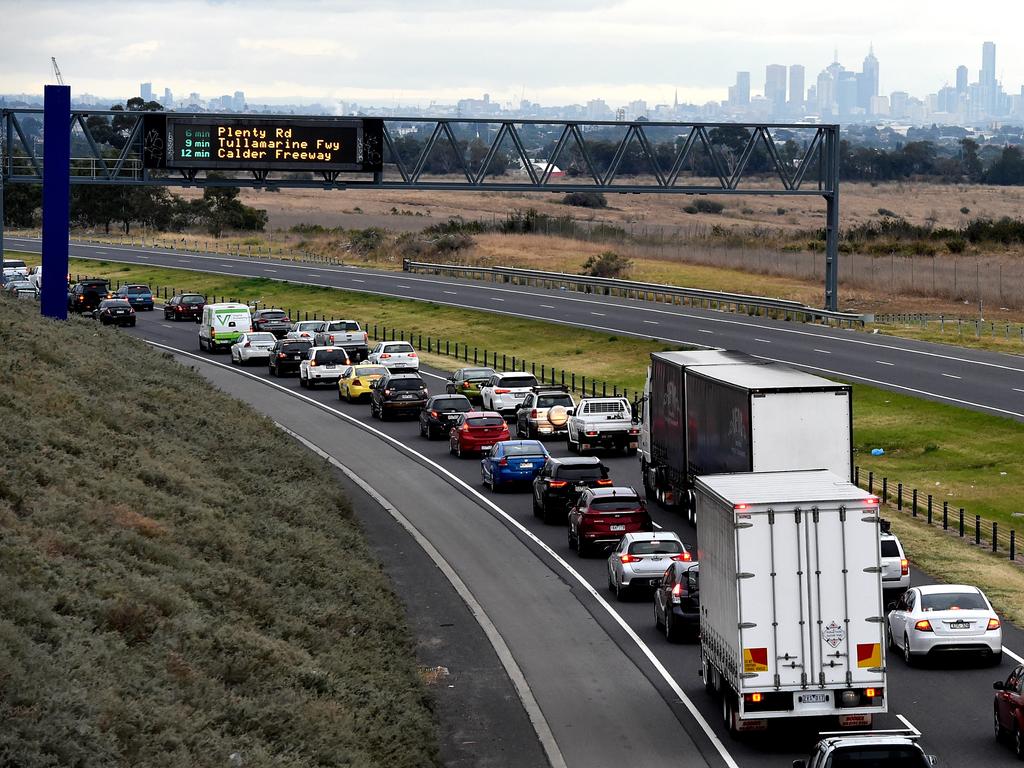
‘M’ roads have divided carriageways, four traffic lanes, sealed shoulders and line marking that is easily visible in all weather conditions. Examples of ‘M’ roads are the Princes Freeway (M1) and the Hume Freeway (M31).
A ROADS
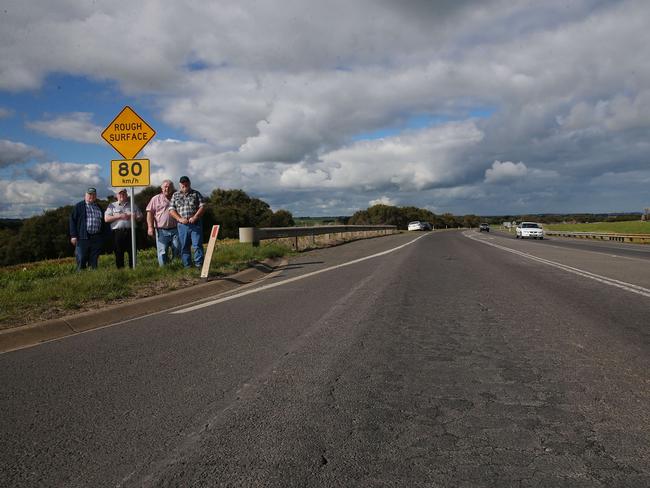
‘A’ roads provide a similar high standard of driving conditions to ‘M’ roads but on a single carriageway.
‘A’ roads serve the same purpose as ‘M’ roads, but carry less traffic. An example is the Princes Highway West between Geelong and Warrnambool (A1).
C ROADS
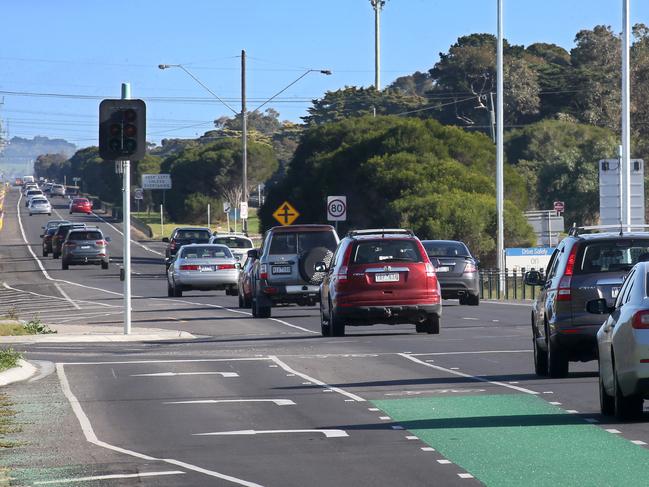
‘C’ roads are generally two lane sealed roads with shoulders. ‘C’ roads provide important links between population centres and between these centres and the primary transport network. An example of a ‘C’ road is the Geelong-Portarlington Road (C123).
COUNCIL ROADS
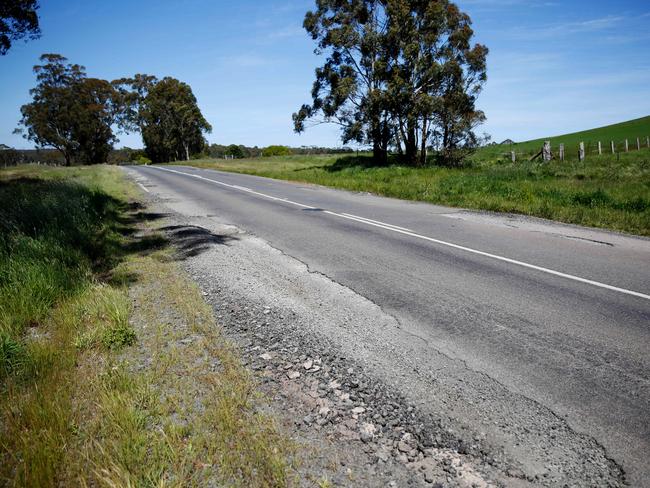
More than four in five Victorian roads come under council control. The roads can be either single carriageway, meaning two lanes heading in opposite directions, or single-lane roads. The latter can be either sealed or unsealed.
B ROADS

‘B’ roads are sealed roads, wide enough for two traffic lines, with good centre line and edge line marking, shoulders, and a high standard of guidepost delineation. Examples of ‘B’ roads are the Great Ocean Road (B100) and the Alpine Road (B500).

